Dr. Casey: Hi! Whether you think you can or think you can’t, either way, you are right! Somebody famous said that once.
Dr. Morgan: Or a few people did! Today we are going to talk about the most important aspect of healing. Before we dive right in, let’s recap what we spoke about last week.
Dr. Casey: If you haven’t watched last week’s video (Facebook Live), I encourage you to go back and do so. For those of you who are watching for the first time, last week we talked about the diagnosis of fibromyalgia. We also talked about the symptoms that can be associated with the diagnosis and how frustrating it can be because it can have a huge effect on your overall quality of life. It can be very frustrating.
Dr. Morgan: We also spoke about the misconception around fibromyalgia. Whether you have been diagnosed with fibromyalgia or you think you have fibromyalgia or you haven’t been diagnosed or have symptoms of fibromyalgia. Maybe you have been misdiagnosed. It can also be very frustrating when you look to the medical route because of the limited options, and people are not generally happy about those options.
Dr. Casey: I think the overall resounding feeling within the fibromyalgia community is that they are just not happy with the solutions they are being offered right now. In most cases its medication, which really don’t work that well. We know that they can be very dangerous. People are searching for another solution, they are looking for answers. Statistically, there are a lot of people suffering. I mean, like 6…
Dr. Morgan: 6% of people worldwide have fibromyalgia, over 70% of them are woman making that 30% for men.
Dr. Casey: That’s 450 million sufferers with fibromyalgia all over the world. We know that a lot of people have questions because we know that over a million people are googling online the word “fibromyalgia”. So again, they have a lot of questions and are looking for answers. So, that’s one of our goals. We aim to provide a lot of those answers.
Dr. Morgan: We have created an online community so that we can all work together. You know, in practice we talk a lot about the spectrum of health which is…
Dr. Casey: By the way, for those of you who are watching for the first time, I am Dr. Casey…
Dr. Morgan: And I am Dr. Morgan!
Dr. Casey: We have been in practice as Doctors of natural health for the last 10 years. We have seen so many cases of people suffering from fibromyalgia who have also had huge transformations. We also know there are other people who are suffering and need similar help but are no where near a clinic, so we decided to create this online community.
Dr. Morgan: We’re all in this together and we want to create a community so that we can all help each other with accountability, resources, and put the tools in one place to help us all move in the right direction. I was talking about the spectrum of health, on one end we have death and on the other, optimal health. Everybody is somewhere on this spectrum and where we sit is not necessarily the most important part; which direction we are going in is the most important part. We have created a community so that we can all come together and move in the right direction.
Dr. Casey: Absolutely, so what do you want to talk about today?
Dr. Morgan: I want to talk about mindset. I think that a lot of people are frustrated because they may have gone to doctor after doctor to therapists and may even be talking to friends and might have heard this more than once, and unfortunately, we have seen it…
Dr. Casey: Wait, wait, what is it? It’s in your head?
Dr. Morgan: Yeah. Have you heard that?
Dr. Casey: Many of you have been told that its all in your head; we are here today to tell you that it is absolutely not in your head. Pain and symptoms are not in your head, they are absolutely real. The symptoms that you are feeling are 100% real and you truly are experiencing them. But what IS in your head?
Dr. Morgan: What IS in your head is the ability to re-wire your thought pattern. And that is huge; you have the power of your perception to change your experience and how you perceive the world. In other words, how you look at something, how you perceive an experience will have an impact on how your body will respond and how you feel. So, when you feel pain, that’s an output from the brain, that’s not necessarily an input from the external environment. Dr Casey, you have a great example that you use…
Dr. Casey: Yeah, so I mean, there are a million types of examples but let’s just say as a child you accidentally put your hand on top of the stove and the element is hot and you burnt your hand. That can be very traumatising for a child, and as life goes on, for that person, every time they go near that hot element it brings them back to that experience. Without touching the element, they already get that sensation of pain.
Dr. Morgan: And so, for someone with fibromyalgia, something as little as light touch may be perceived to be a very painful experience. Now, trauma, whether it be physical or emotional trauma, whether it be from childhood or more recent, past or present can affect your physiology and how your body responds. So, when we connect what can be perceived as a negative emotion like fear…
Dr. Casey: Anger, resentment,
Dr. Morgan: Anxiety…
Dr. Casey: Or just general stress or guilt. The whole point here is that there is a neurological implication to your beliefs and your perception.
Dr. Morgan: To make it more real for you and something that you can relate to, think of when you experience stress. You often feel your shoulders tense up, your lower back starts to cramp, you might find that the symptoms you have been experiencing are getting worse, you start to get a headache or find they are getting stronger, more frequent, you experience numbness tingling or exhaustion.
Dr. Casey: Stress affects your chronic conditions. We have both personally dealt with chronic pain in the past. You may not realise you are stressed but find you are super busy and doing a lot during your day. Stress influences your ability to heal and recover and cause your chronic condition symptoms to flare up.
Dr. Morgan: Let’s talk about somethings that you can do to start to feel better. You can remove some of these interferences allowing you to heal faster. For example, exercise…
Dr. Casey: improving nutrition, your posture and your nervous system.
Dr. Morgan:.. Removing toxins from your environment. All these components of health are really important when you are experiencing fibromyalgia. You may have one aggravating factor, or it might be all of these things aggravating the condition. It’s better to look at all of them. But, the number one thing that you need to focus on is your mind set. What’s going on between your ears.
Dr. Casey: Once you get your mindset in an alignment, all the changes you want to make in the other areas will fall into place.
Dr. Morgan: The first component of mindset we want to focus on is gratitude. I am sure you have heard of the benefits of gratitude at some point. The exercise of gratitude along with the benefits are time-tested. When you are in a state of gratitude, you cannot be fearful, and you cannot be angry. If you are in a true state of gratitude, you won’t be experiencing negative thoughts that could be bringing on and making your symptoms worse. So, lets talk about what you can do.
Dr. Casey: From a clinical perspective, some of the greatest miracles that have occurred in our clinic, the common denominator for those cases is that those patients, truly worked on their mindset and truly tapped into the benefits of being in a state of gratitude.
Dr. Morgan: Yep, absolutely.
Dr. Casey: 100%
Dr. Morgan: Gratitude has a huge impact on your healing and that’s why it is one of the things that we drive home when we talk about and address healing with our patients.
Dr. Casey: So, practical application…
Dr. Morgan: The gratitude journal! So, if you have a gratitude journal or you have worked with gratitude exercises before, please engage and communicate with us (in facebook video). We are a community. We are working together and its important that people can relate to one another. So, go ahead and write a comment and let us know how much the gratitude journals have served you. Gratitude journaling is something we have been doing for a very long time. We were exposed to the benefits of gratitude since childhood. So, not only does it have a huge implication for practice but in our own lives as well..
Dr. Casey: And our own health!
Dr. Morgan: The first thing you want to do is get a journal that is just for your gratitude. It becomes your gratitude journal! Don’t’ use a scrap piece of paper or post-it note that you’ve found lying around. Do not use an old book that you have your grocery list or your to-do list in. Your gratitude journal is something that you are going to keep in one designated spot. Whether it’s a bed side table or a journaling spot in your house, keep your journal there so that you can be consistent and create a routine around journaling. The most important thing is that you are consistent with it.
Dr. Casey: I would love to hear about your experiences. If you are doing this already, please comment and let us know how it’s going. If you are just starting to try this, let us know if it’s going well and let us know if it’s hard. I must be honest with you. When I first started doing this, I was in such a dark miserable place that writing down three things, maybe just one thing that I was grateful for, would take me hours to do. I was pretty much throwing myself a pity party. However, eventually you will get through it and if you stay consistent and make this a daily practise, it becomes easier. I recommend you write in your gratitude journal at night. If you wake up needing a lift, read through the things that you are grateful for when you wake up in the morning.
Dr. Morgan: And so, you start your day off remembering what you are grateful for. What are you grateful for? Some people might be struggling, they might take an hour and a half to find three things in their day that they are grateful for. Someone else might take two seconds. Here are some examples of things you can be grateful for.
Dr. Casey: I mean, some days…I’m not joking, I am just grateful that I got to wake up that day, I am grateful my eyes open and I am still alive!
Dr. Morgan: You might be grateful that you had the opportunity to have two healthy, wholesome, amazing meals that day. You might be grateful that you were able to go outside, and your symptoms didn’t hold you back. That your environment didn’t hold you back because the weather was nice enough. You become grateful that you can go outside and enjoy the sun and hear the birds chirping. Those five minutes may have been the highlight of the day.
Dr. Casey: And as bad as your symptoms are, as tough as the day may be, be grateful; “I still have my loving family”, “I have my friends”, and when you think about those things you start to feel much better.
Dr. Morgan: You may be grateful to spend time with family and friends. Or were able to connect with an old friend for coffee. There are also plenty of resources online if you google “gratitude list” or “things to be grateful for”. Maybe some other people can motivate you or inspire you to acknowledge some of these things that you have in your life that you haven’t been able to be grateful for because you didn’t know it was something that’s special. So, one of the nice things about the gratitude journal, like Dr. Casey mentioned, is when you go into a dark season, so you can always go back to the journal and open it up. One day you will have an entire journal completed, or a pile of journals and you can just flip through it to bring you back up. It is nice to have them as memories as well.
Dr. Casey: This is just one aspect of mindset, I mean, we can talk about affirmations or recognising your accomplishments. Maybe we will dive into that in one of our future videos. The most important point is that this is the first thing that you need to get right and get in place. We are going to get into nutrition, we are going to talk about exercise, we are going to get into the alignment of your body, the nervous system, toxicity in your environment, we are going to talk about all of that. But, you need to get this right first and then all that stuff will fall into place.
Dr. Morgan: Today’s goal; go get a gratitude journal or find a journal around your house. Create a gratitude journal and tonight, write three things you are grateful for. You can always come back to this video and share them with us if you want or let us know how it went. Was journaling easy or difficult? How long did it take you? Let’s all work together as a team so that we are all moving in the right direction. Comments? Questions? Keep typing them up even after we stop filming live. We will get to them and we will talk about them in the future videos.
Dr. Casey: I am happy to hear how it goes with every one’s gratitude journaling!
Dr. Morgan: We will see you soon!
Click to read, ” The Dos and Donts of the Fibromyalgia Diet” if you suffer from severe fibromyalgia.


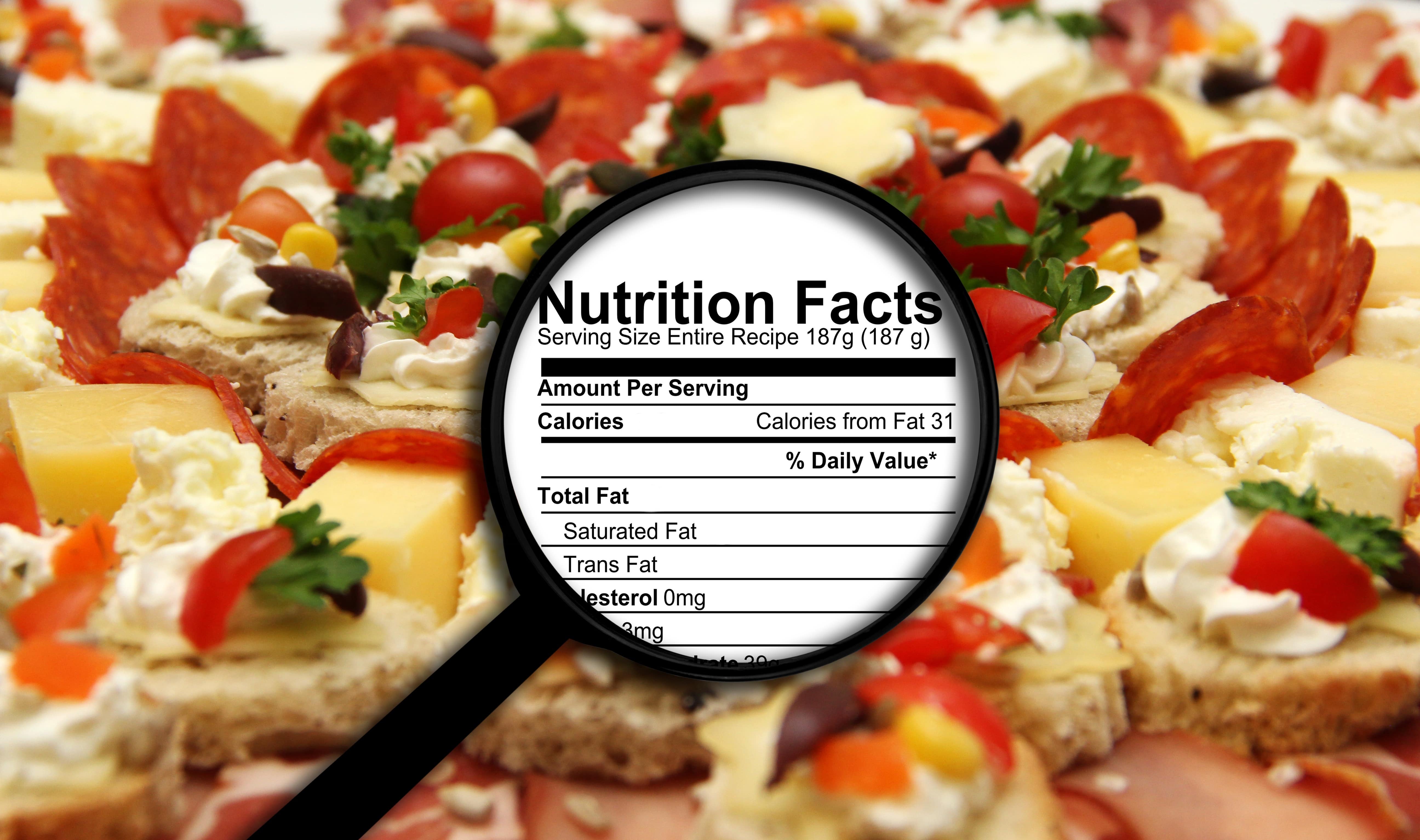

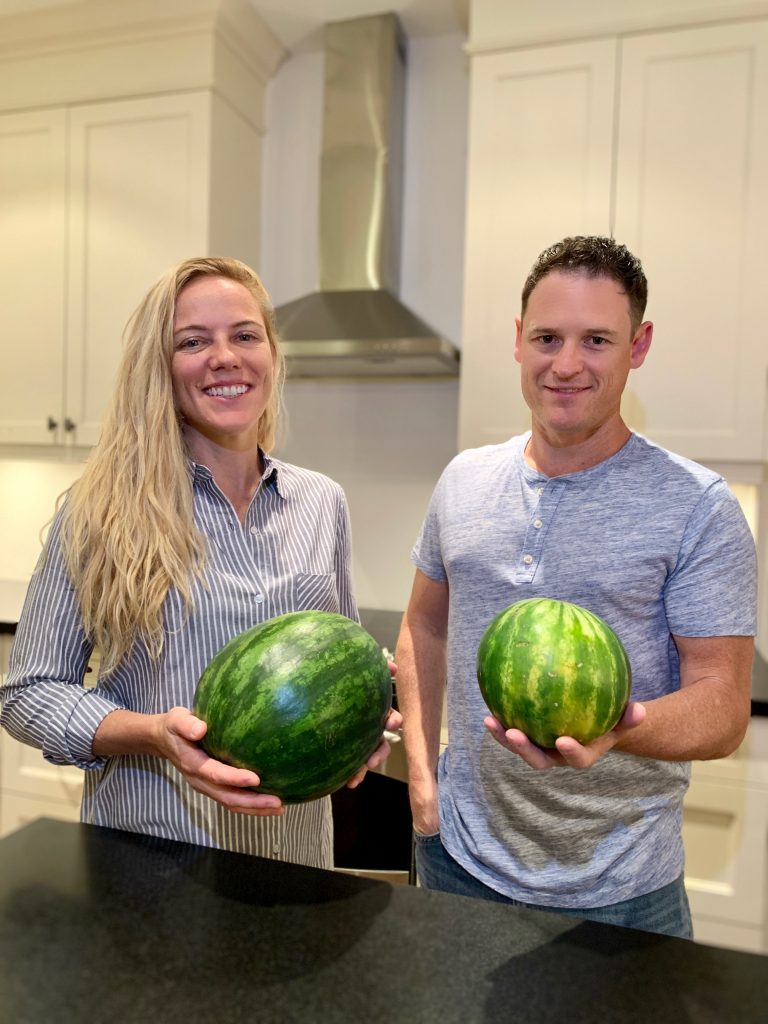
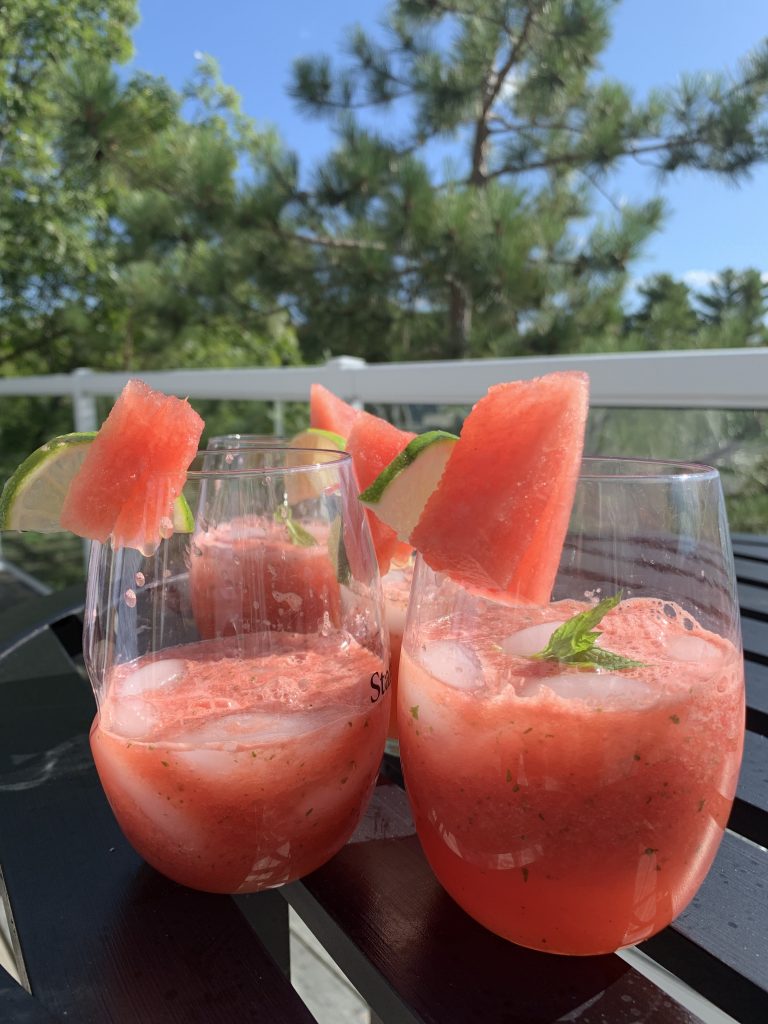



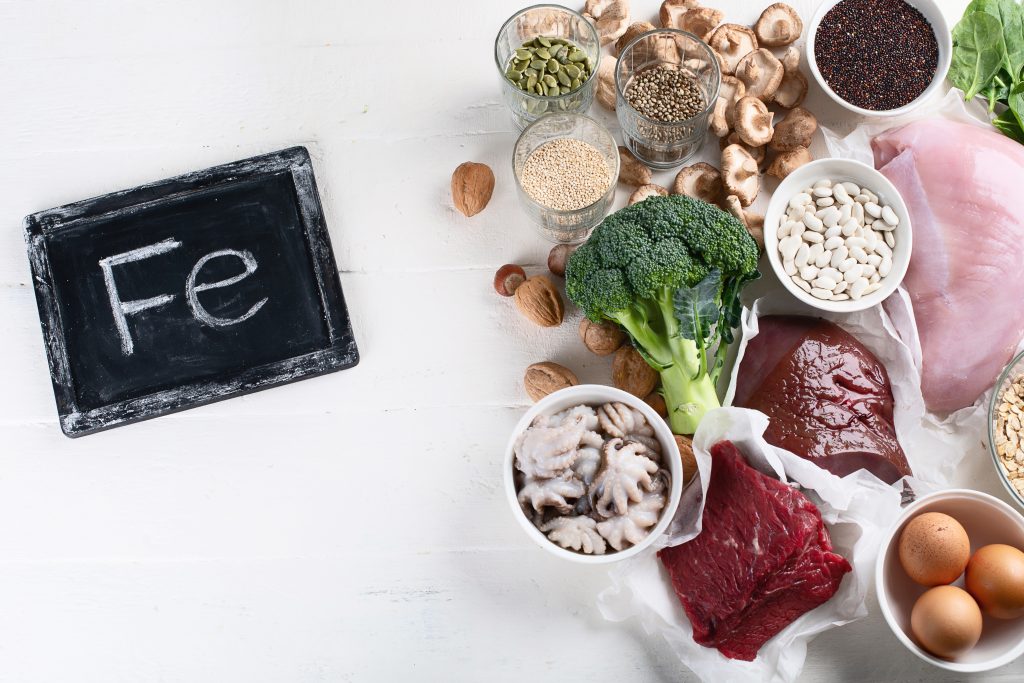
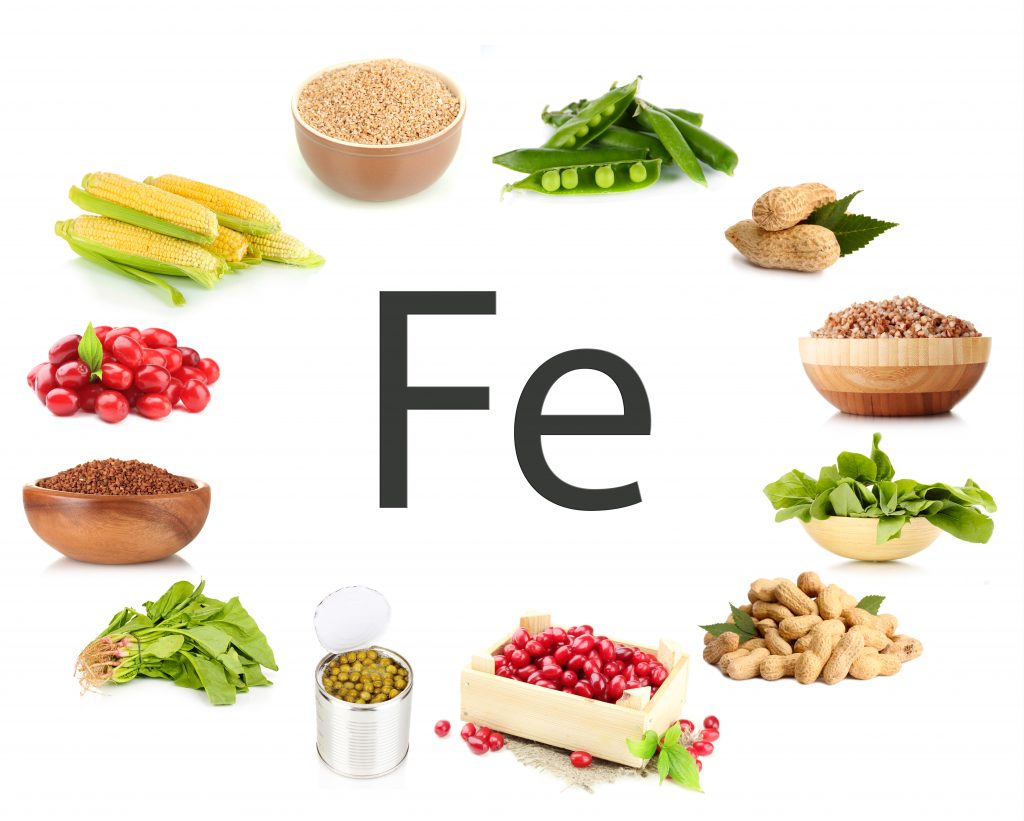




 Have you ever spilled spaghetti sauce on a white couch? And then just covered it up with a white towel, sat down, finished your dinner and forgot about it? Of course not!! But this is exactly what you are doing when you take medications. They mask your symptoms, and for a while, you sort of forget they were there. But at some point, that spaghetti mess is going to soak through that towel and you will realize the monster of a mess that has been created.
Have you ever spilled spaghetti sauce on a white couch? And then just covered it up with a white towel, sat down, finished your dinner and forgot about it? Of course not!! But this is exactly what you are doing when you take medications. They mask your symptoms, and for a while, you sort of forget they were there. But at some point, that spaghetti mess is going to soak through that towel and you will realize the monster of a mess that has been created.